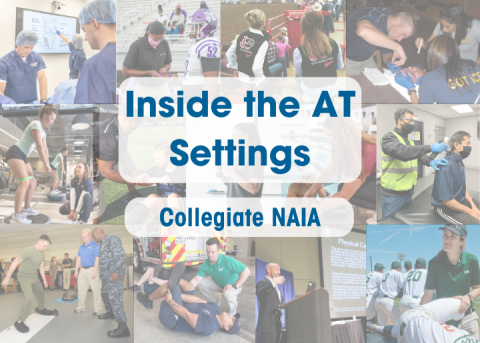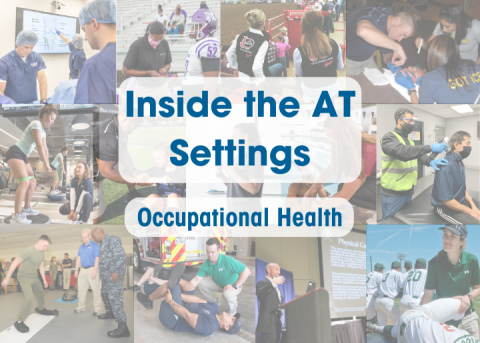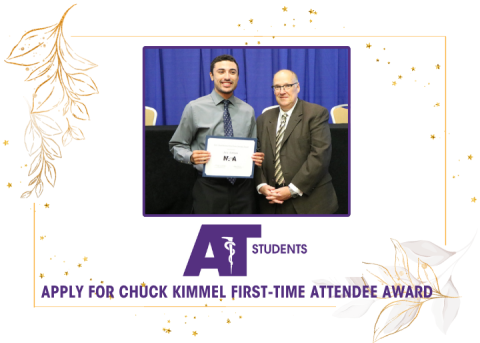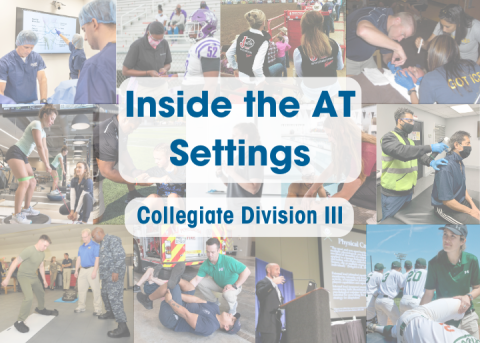November 13, 2015 by Todd Christman
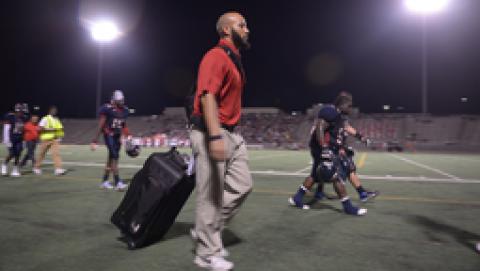
By John Doherty, ATC, PT
Last night, Bears running back Matt Forte’s streak of 52 straight starts came to an end. Forte not only missed the start, he missed the trip to San Diego.
For good reason.
Airplane trips and swollen joints are a bad mix. It is a matter of simple physics. For an airplane to safely climb to altitude, the air pressure inside the cabin must be lowered from that found at sea level to that found at 6,000-8,000 feet above sea level. That slight depressurization is generally not enough to affect breathing. However, it is sufficient to decrease the outward stress from inside on the fuselage.
Meanwhile, that slight drop in cabin pressure IS enough to allow the puffiness associated with a sprained medial collateral ligament (Forte’s injury) to further expand. More swelling means a slower recovery. Thus, Forte forfeited the foray west.
A lesson to be learned by athletes and coaches at the high school level. The walking wounded do not need to make an away-game bus trip, getting stiff in a cramped seat, just so they can sit around upon arrival and watch teammates warm up. Smarter to stay off the bus and instead go to physical therapy or work in the training room with the school’s athletic trainer.
Once the rehabilitation session is over, a parent or — if possible — the athlete can drive to the contest separately.
While staying behind was a good idea on Forte's part, another hallmark of his treatment is much tougher to endorse.
You can read the full version of this article in The Times. John Doherty is a licensed athletic trainer and physical therapist. This column reflects solely his opinion. Reach him at jdoherty@comhs.org. Follow him on Twitter @JDohertyATCPT.
For good reason.
Airplane trips and swollen joints are a bad mix. It is a matter of simple physics. For an airplane to safely climb to altitude, the air pressure inside the cabin must be lowered from that found at sea level to that found at 6,000-8,000 feet above sea level. That slight depressurization is generally not enough to affect breathing. However, it is sufficient to decrease the outward stress from inside on the fuselage.
Meanwhile, that slight drop in cabin pressure IS enough to allow the puffiness associated with a sprained medial collateral ligament (Forte’s injury) to further expand. More swelling means a slower recovery. Thus, Forte forfeited the foray west.
A lesson to be learned by athletes and coaches at the high school level. The walking wounded do not need to make an away-game bus trip, getting stiff in a cramped seat, just so they can sit around upon arrival and watch teammates warm up. Smarter to stay off the bus and instead go to physical therapy or work in the training room with the school’s athletic trainer.
Once the rehabilitation session is over, a parent or — if possible — the athlete can drive to the contest separately.
While staying behind was a good idea on Forte's part, another hallmark of his treatment is much tougher to endorse.
You can read the full version of this article in The Times. John Doherty is a licensed athletic trainer and physical therapist. This column reflects solely his opinion. Reach him at jdoherty@comhs.org. Follow him on Twitter @JDohertyATCPT.

